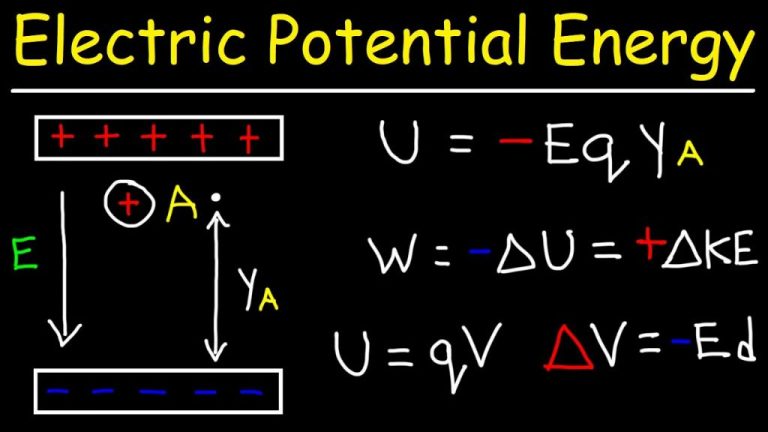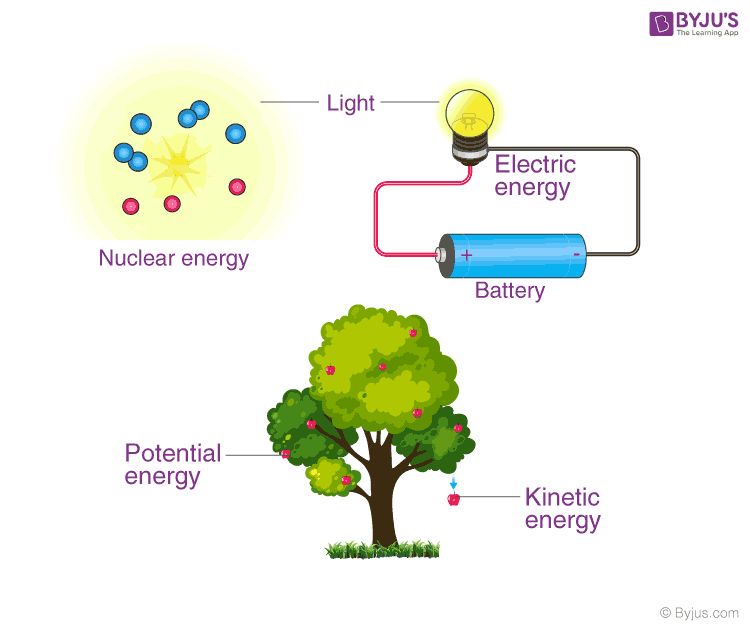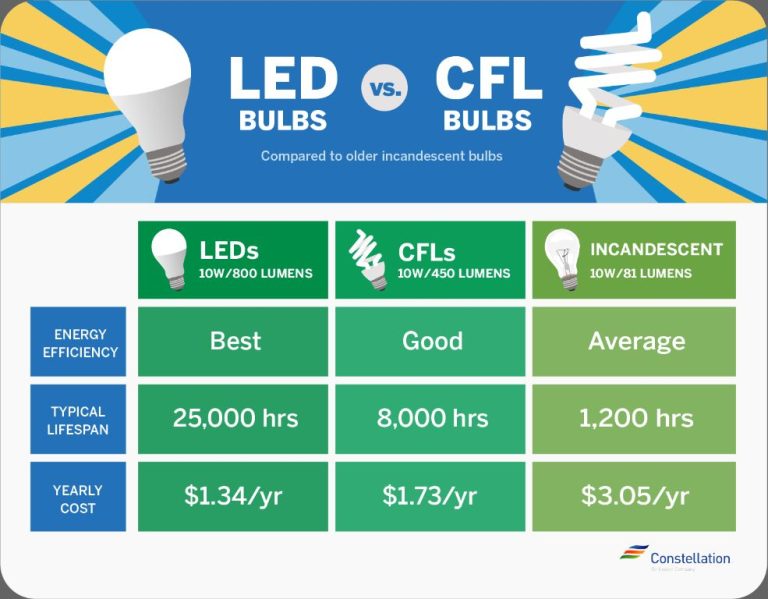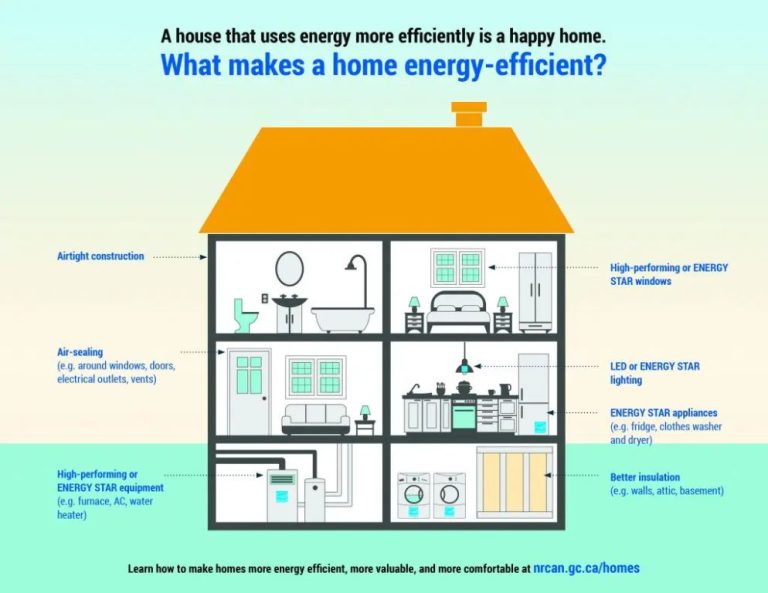Is A Mini-Split Cheaper To Run Than Central Air?
Whether a mini-split system is cheaper to run than central air depends on several factors, including upfront cost, efficiency, operating costs, home size, and climate. This article will compare ductless mini-split systems and central AC systems across these different considerations to determine if mini-splits provide a more affordable cooling option for homeowners.
How Mini-Split Systems Work
Mini-split air conditioning systems, also known as ductless systems, have three main components: an outdoor compressor/condenser, an indoor air-handling unit, and a conduit system of refrigerant lines and wires connecting the outdoor and indoor units.
The outdoor unit houses the compressor, condenser coil and a variable speed fan. It works like a typical central AC system, whereby it compresses refrigerant into a hot, high-pressure gas that is then passed through a condenser coil. This process removes heat from the refrigerant and condenses it into a liquid.
The liquid refrigerant is then passed through the refrigerant lines into the indoor air handler. The air handler contains an evaporator coil and a blower which distributes conditioned air. As the liquid refrigerant passes through the evaporator coil in the air handler, it absorbs heat from the indoor air and evaporates into a gas. This cools down the indoor air which is then blown into the room.
Ductless systems use variable capacity inverter compressors that can modulate speed and capacity to match the cooling demand. This makes them more energy efficient than traditional central AC systems that operate at full capacity even during mild days [1].
How Central AC Systems Work
Central air conditioning systems consist of two main parts – the condenser unit that sits outside your home, and the air handler unit inside. The main components that make up central AC systems are:
The condenser – This contains the compressor, condenser coil and fan. The compressor pressurizes refrigerant gas which is then condensed into a liquid by the condenser coil as a fan blows air across it. This process releases heat from the refrigerant.
The air handler unit – This contains the evaporator coil, blower and air filter. Liquid refrigerant passes from the condenser to the evaporator coil where it absorbs heat from indoor air blown across it by the blower. This cools and dehumidifies the air before it circulates back into your home.
The two units are connected by refrigerant lines that allow the refrigerant to cycle between gas and liquid states, carrying heat from indoors to outdoors. The blower and air filters distribute the cool air through ductwork that runs throughout the home. Thermostats control the temperature by activating the AC system when indoor temperatures rise.
Overall, central AC systems work by collecting warm indoor air, cooling and dehumidifying it, then circulating the cooled air back throughout the home. This cycle repeats constantly to maintain a consistent, comfortable temperature. The key components involved are the compressor, coils, blowers, ductwork, thermostat and refrigerant lines.
Upfront Cost Comparison
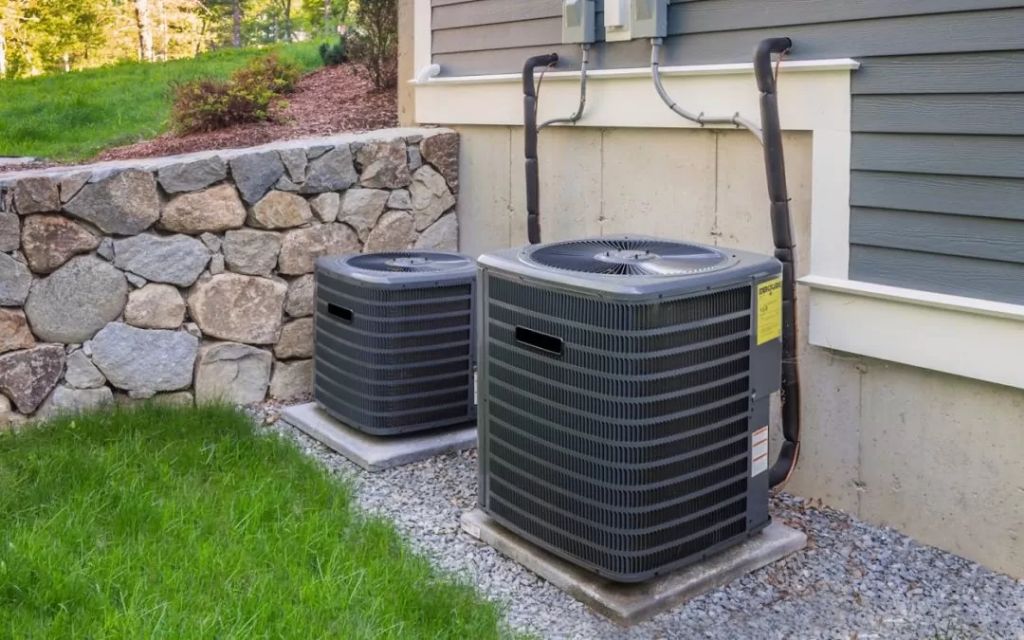
The upfront cost of installing a mini-split system versus central air conditioning can vary quite a bit depending on the size of your home and features. According to CarbonSwitch, a whole home mini-split system typically costs between $8,000-$12,000 to install. Meanwhile, installing central air conditioning costs $4,000-$6,500 on average for a 2,000 square foot home. So central air conditioning is generally less expensive upfront, with typical installation running $3,000-$5,500 less than a whole home mini-split system.
The main reason for the higher upfront cost of mini-splits is that each indoor unit needs its own individual line set and wiring run from the outdoor unit. With central air, there is a single trunk line that connects to ductwork throughout the home. Additionally, central air only requires a single outdoor condenser unit, while a mini-split system may have multiple indoor units, each with their own outdoor compressor. So the more zones in a mini-split system, the higher the total install cost.
Efficiency Comparison
When it comes to energy efficiency, mini-split systems tend to be more efficient than central AC. This is due to a few key factors:
SEER ratings – Seasonal Energy Efficiency Ratio (SEER) measures how efficiently an AC unit can cool over an entire season. The higher the SEER, the more efficient the unit. Mini-split systems can achieve SEER ratings from 19-42 SEER depending on the model. The most efficient central AC units top out around 26 SEER (Carrier).
Seasonal efficiency – Mini-splits only have to cool the rooms you are using rather than the whole house. This leads to better efficiency during shoulder seasons when you only need partial home cooling. Central AC systems have to run the entire ductwork system even for partial cooling.
Variable speed compressors – Many mini-split systems have variable speed compressors that only run at the needed capacity for the current conditions. This also improves efficiency compared to central ACs that usually have single speed compressors.
Operating Cost Comparison
When considering long-term costs, mini-split air conditioners are generally more energy-efficient and cost effective to operate than central air conditioning. According to CarbonSwitch, mini-split systems can reduce energy usage by 30-50% compared to central AC units.
This efficiency advantage is because ductless mini-splits only cool the specific rooms you want, whereas central systems cool the entire home regardless of need. Mini-splits also don’t lose cooling through leaky ductwork like central air conditioning often does. As a result, mini-splits require less electricity to run.
For example, a 12,000 BTU single-zone mini-split may use around 1000-1500 watt-hours to cool a room. In contrast, an equivalently sized central AC would use 2000-3000 watt-hours to cool the same space. Over months of operation in summer, those extra 1000+ watt-hours saved daily by a mini-split can add up to hundreds of dollars in electricity cost savings (Jacobs Heating, 2022).
Additionally, mini-splits only run when needed, while central AC systems turn on even if just a single room requires cooling. This further increases the operating cost difference, with mini-splits using less energy overall. When totaling purchase price plus 20 years of electricity bills, mini-splits generally provide greater long-term value and cost savings (Air and Energy NWFL, 2023).
Home Size Considerations
The ideal home size for mini-split and central AC systems depends on several factors. In general, mini-split systems work best for smaller homes under 2,000 square feet. They can efficiently cool individual rooms one at a time. Central AC is better suited for larger homes over 2,000 square feet since it cools the whole house simultaneously.
For a mini-split system, a good rule of thumb is that an indoor unit with a 12,000 BTU capacity can handle rooms up to 400 square feet. A 18,000 BTU indoor unit covers 500-800 square feet. And a 24,000+ BTU unit can handle areas up to 1,000 square feet. So adding up the square footage of the rooms you want to cool will determine the mini-split size needed.
For central AC, the system size depends on more factors like climate, insulation, and number of stories. A properly sized central AC unit ranges from 1 to 5 tons of cooling capacity for typical homes. One ton covers 400-600 square feet. A 2-3 ton central AC system generally works for 1,500 to 2,500 square feet homes. Overall, central AC provides more cooling power for larger square footage than a mini-split.
In summary, mini-splits work best for homes under 2,000 square feet while central AC is better suited for larger homes over 2,000 square feet. The number of rooms and total square footage you want cooled will determine which system type and size is ideal.
Climate Considerations
When deciding between a mini-split or central AC system, climate is an important factor to consider.
Mini-split systems tend to work best in warmer climates that don’t experience extended periods of frigid cold weather. Most standard mini-split systems are rated to operate efficiently down to around 5°F (-15°C), though some higher-end models can operate in temperatures as low as -13°F (-25°C) [1]. However, economy mini-split systems may shut off when temperatures drop below 20°F (-6°C) [1]. Mini-splits with a dedicated hot climate package are optimized for warmer environments.
Central air conditioning systems generally work well in all climates, including colder regions that experience freezing winter temperatures. Most central AC systems utilize a heat pump that can extract heat even at low outdoor temperatures.
For cold climates that regularly see winter temperatures dipping below 0°F (-18°C), a ducted mini-split system from a reputable brand like Mitsubishi is recommended. Mitsubishi mini-splits are designed to operate efficiently in frigid temperatures down to -13°F (-25°C) [2]. Ductwork helps distribute the airflow throughout the home.
Maintenance Comparison
Central air conditioning systems require more maintenance than mini-split systems. With central AC, the air ducts need to be cleaned periodically to remove dust buildup and improve airflow. The evaporator coils also need to be cleaned 1-2 times per year. The blower motor, condenser unit, and other components should be inspected annually. Filters need to be changed every 1-3 months with central air (Carrier).
In comparison, mini-split systems only require filter changes every 3-6 months and annual checkups of the outdoor unit. With no ductwork, mini-splits avoid the need for duct cleaning. The simple design of mini-splits reduces maintenance costs and needs versus central air conditioning (Indoor Temp).
Conclusion
When looking at the costs between mini-split and central air conditioning systems, there are a few key factors to consider. Overall, mini-split systems tend to have lower upfront installation costs compared to a full central AC system. Central systems require ductwork throughout the home which can be expensive to install. However, for larger homes, the cost difference diminishes and central AC may make more sense.
In terms of efficiency, properly installed mini-split systems can be more energy efficient since they only cool the rooms in use. Central systems cool the entire home, even unused rooms. But central systems have the advantage of zoning to optimize efficiency. On operating costs, mini-splits may save 10-30% on electricity bills compared to central AC depending on use.
Lastly, maintenance costs tend to be lower for mini-splits since the components are more easily accessible. Central systems may require professional maintenance which adds to long term costs. Overall, mini-splits tend to be more cost effective for small to medium sized homes, while central air conditioning is better suited for larger homes that require whole home cooling.


